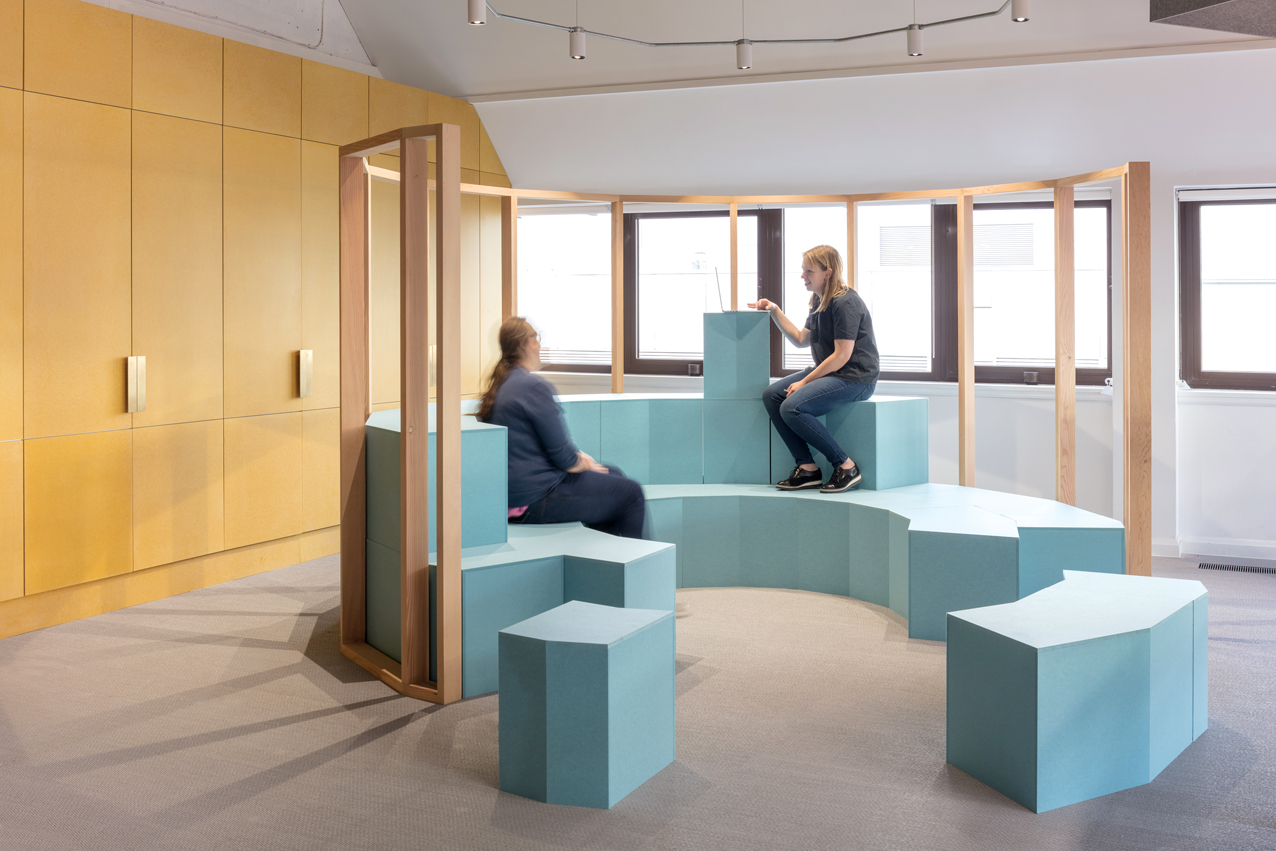
Cundall's Birmingham Office

The previous Guide M, published in 2014, primarily focused on health and comfort, but missed crucial aspects related to wellbeing. For example, it lacked guidance on infection control, lighting and daylight, water quality, noise and vibration, and electric and magnetic fields.
These elements greatly influence the perception of comfort within a space and can have a chronic impact on occupant health, even if not immediately noticeable. For instance, poor indoor air quality (IAQ) over a prolonged period can be detrimental to health. Noise, often perceived as distracting, was not adequately addressed in the 2014 version.
To rectify these gaps, the latest iteration of Guide M expands its scope to encompass the various dimensions of the Well Building Standard and other assessment schemes. It reflects how carbon dioxide levels have gained prominence as an indicator of ventilation rates, where high levels suggest increased occupancy and the need for improved ventilation.
Building occupant choice and awareness play crucial roles, particularly for office space providers, such as WeWork, Regus and so on, where the wellbeing of high-end leaseholders is a priority for clients.
The primary driving force behind measures in commercial premises is the creation of a comfortable, productive environment and the enhancement of property value. Although studies suggest that improved conditions lead to increased productivity, proving causality remains challenging for engineers.
The new Guide M addresses IAQ for FMs, offering a comprehensive understanding of the subject. Changes in building function and agile working patterns are acknowledged, recognising that individuals are no longer tied to specific desks or offices.
Technical information from TM40 and TM62-64 has been integrated into Guide M. However, to avoid potential discrepancies, tables on ventilation and noise levels from Guide A were not replicated. Signalling this connection is key to ensure consistency and prevent Guide M from becoming outdated if Guide A is updated.
Guide M places a strong emphasis on enhancing health and wellbeing in buildings. By focusing on engineering aspects and addressing gaps from previous versions, it aims to provide a comprehensive framework for creating comfortable and safe environments that promote productivity and support occupant health.
It acknowledges the significance of compliance and anticipates a rise in demands for evidence of adherence to standards. Tragic incidents, such as the death of Awaab Ishak caused by mould, highlight the importance of ventilation. While the incident occurred in a non-commercial building, it emphasises the critical role ventilation plays in ensuring occupant safety and wellbeing.
With the Health and Safety Executive taking a regulatory role under the Building Safety Act, it will have the authority to investigate areas beyond traditional health and safety concerns, where aspects of wellbeing will come under greater regulatory scrutiny.
- Guide M will launch in September and be available at www.cibse.org/knowledge
